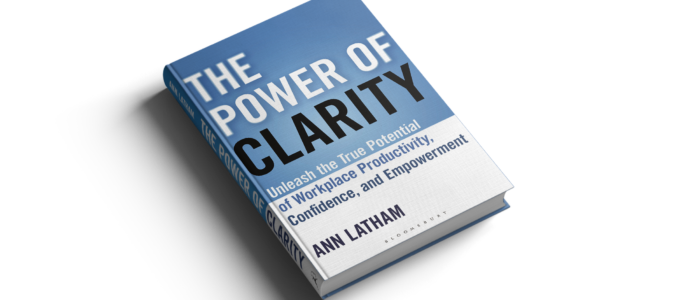I am so honored and appreciative that these amazing, busy people took the time to read my newest book and provide an endorsement!
One year ago, a brewery opened in our town. Inside a beautiful old historic brick landmark that the owners restored, they brew excellent beer and have created a charming setting that attracts tourists, locals, and, with the Presidential race underway, candidates. So far, I have shared a pint with Beto O’Rourke and hobnobbed with Tulsi Gabbard, as well as friends and family. This brewery is just a tremendous asset for the town. But these young owners could teach other business folk a few lessons too. In particular, they’ve taught me some lessons about consistency. In the first several months, they made many significant changes. After financing some of their final building efforts with an IndieGoGo campaign that awarded growlers to donors, they decided not to sell growler refills. After posting beer prices, and then posting new prices, they posted new prices yet again. After announcing the availability of flights, they quit serving flights. Every day—of course I wasn’t actually in there every day!—they seemed to change the rules.
Even my best clients have been known to forget some of the most critical distinctions, so I thought some reminders were in order.
A headline caught my eye the other day. I don’t remember where or what it said. All I remember is that it contained the phrase “actionable strategy.” And it has bothered me ever since. So what could “actionable strategy” possibly mean? Perhaps more importantly, what does it mean to have a strategy that is not actionable?
Fourteen years ago, I left my corporate job and moved from Minneapolis to Massachusetts to create Uncommon Clarity®. As a newly minted entrepreneur, I began publishing and speaking immediately, the latter after a stint in Toastmasters to overcome no minor case of fear. From there, it was on to my first radio and TV interviews. Since then, I’ve published three booklets and, just this month, The Clarity Papers, my first full-length book. I’ve worked with clients representing over 40 industries, non-profits and for-profits. The focus of my practice has shifted from operational excellence to include strategic planning and then executive coaching and advisory services. That first year, I was out of my comfort zone 99% of the time. Maybe more! The second year it was maybe only 75%. By the third year, that number had dropped even further. And so had my income! That lesson was pretty obvious. Less obvious, and maybe only to my husband, was how much I had grown and changed.
The street carts in Ljubljana’s Public Market serve up a gourmet feast of Argentinian beef, Slovenian pastries, grilled vegetables, crazy pancakes, and more. Too bad you can’t enjoy them all with a nice glass of wine. But you can!
Turtlenecks are making a comeback. It took their comeback to make me realize they had pretty much disappeared! Not counting the ones I continued to wear, of course. I just don’t notice these things. It’s good that my business doesn’t depend on my attention to high fashion! But it is a huge problem when you are oblivious to factors that matter to your success. I encountered several retailers this holiday season who fit that description. They don’t seem to have noticed that:
There are five population areas around the world where people live longer than the average US citizen by almost 25 years. They don’t just live long, they live well, remaining vibrant and healthy as they age. They are called Blue Zones and researchers study them to find commonalities.
It was a sleigh ride I won’t soon forget. From the North Pole to the heart of New York City, it was beautiful and exciting. We swooped into the city, darting between buildings, swinging left and then right, sweeping past landmarks, before alighting in front of the Radio City Music Hall and rushing into the Christmas Spectacular right behind Santa! We watched with joy as Santa proved he could be at the North Pole, on the street corner, and in every shopping mall all at once. Dancing Santas appeared on the balconies, filled the stage, waltzed down the aisles, and marched across the walls and ceilings. The magic and beauty were dazzling. Six thousand visitors left with visions of sugar plums dancing across their smiling faces.
For the average person, the act of planning involves creating a list of action items. If you’ve been around the block a few times, you are wise enough to want names and dates connected to each of those action items. With a good solid list in hand, you probably feel ready to plunge ahead. What if I told you that creating that list of action items isn’t the first step of planning, but the third? If you started that way, you skipped two important steps. And what if I told you that plunging ahead once you’ve completed that plan means you’ve skipped the fourth step as well?

